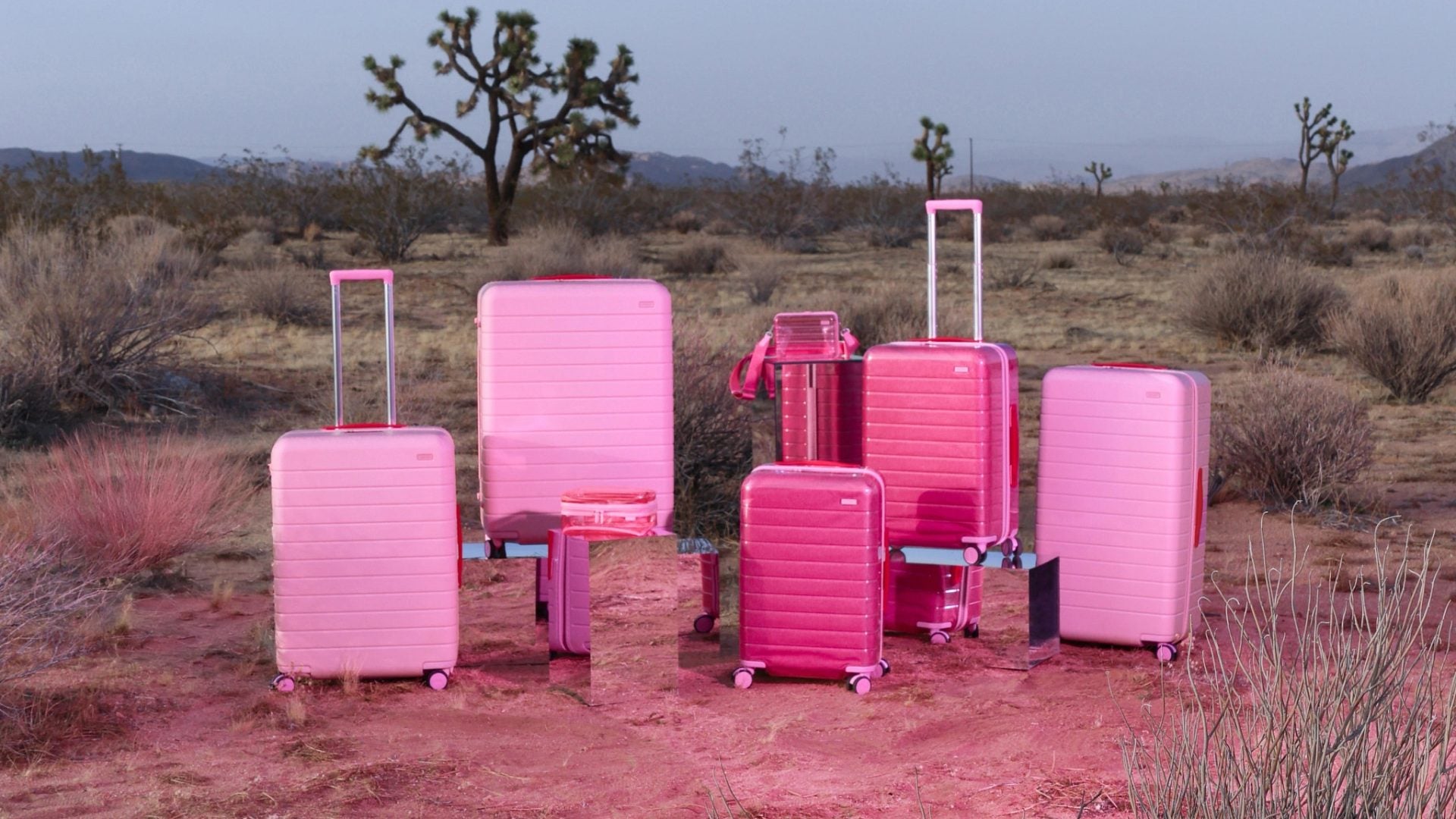
This country has a long history of environmental racism—and it’s been funded by our nation’s big banks.
Many of the most pressing climate justice issues for communities of color today can be traced back to the decades-long practice by banks and insurers that segregated America by concentrating Black homeowners in undesirable neighborhoods, preventing Black-owned businesses from getting loans, and engaging in predatory lending practices.
This state-sponsored segregation is known as redlining, and directly resulted in Black families building their communities next to landfills, industrial plants, and highways that carried pollution into their family homes. For decades, people in redlined areas were denied access to mortgages and other credit, fueling a cycle of disinvestment.
Nearly a century of institutional racism practiced by banks has put communities of color at the frontlines of the climate emergency today, and hugely exacerbated disparities in wealth, income, and power in this country. And, let’s be clear: redlining never went away. Racism has been baked into the American banking system.
One recent study in Chicago found that JP Morgan Chase lent 41 times more money in white neighborhoods than black neighborhoods; Bank of America lent 29 times more money in Chicago’s white communities than it did in black communities.
So, you shouldn’t be surprised that more than 47% of Black Americans are unbanked or underbanked, compared to 18% of whites. The cycle is straightforward: a Black family can’t get a big enough loan from their bank to move into the suburbs, so they end up buying their new home a stone’s throw from an oil field.
That chemical plant is funded by some of the $2.7 trillion that big banks have funnelled into fossil fuel production in the last four years—production that is inevitably concentrated in communities of color.
The banks profit. The oil companies profit. The family suffers. Black communities deal with 56 percent more air pollution than they create. Black Americans are three times more likely than whites to be hospitalized or die from asthma.

Of the 73 waste-burning incinerators across the United States, an astounding 79 percent are located within three miles of low-income and minority neighborhoods, which are exposed to mercury, lead, and soot.
Formerly-redlined neighborhoods are today 5 degrees hotter in summer, on average, than areas once favored by banks for housing loans, with some cities seeing differences as large as 12 degrees.







And big banks are responsible. They’ve made their values clear: big banks short-term profits are more important than the long-term health of communities of color.
If you took part in Black Lives Matter protests this past year—the biggest movement in U.S. history; if you were outraged by the poisoning of Black children in Flint, Michigan; if you care about climate change and racial justice, it’s time to move your money out of the institutions that are destroying the health of communities of color and of our planet.
Ben Jealous (@BenJealous) is the president for People For the American Way and Joe Sanberg (@JosephNSanberg) is the co-founder of Aspiration.






